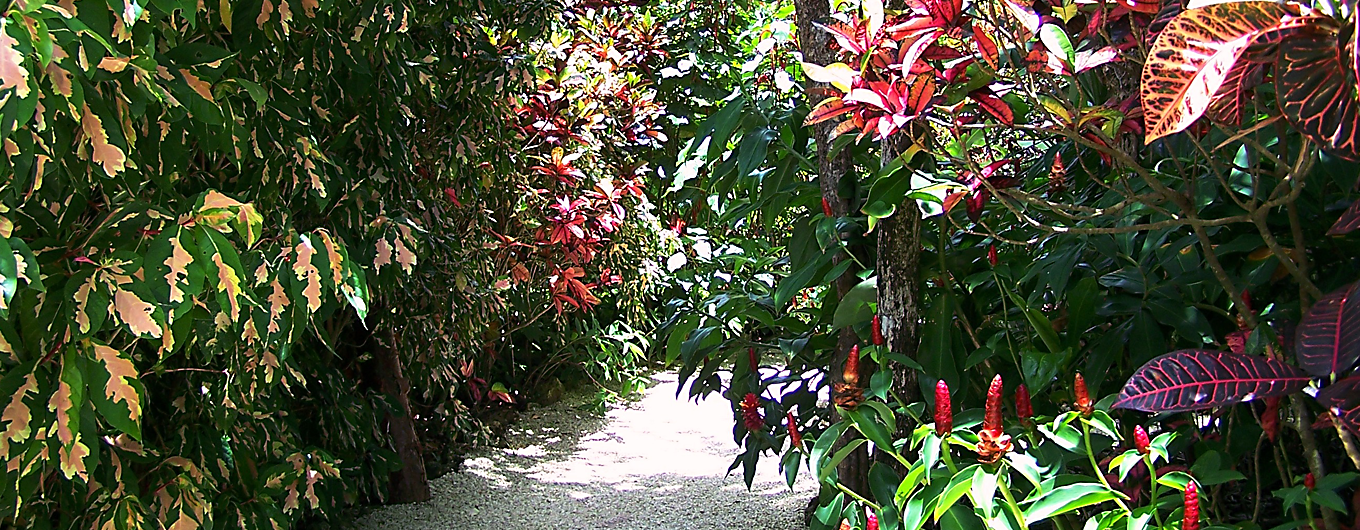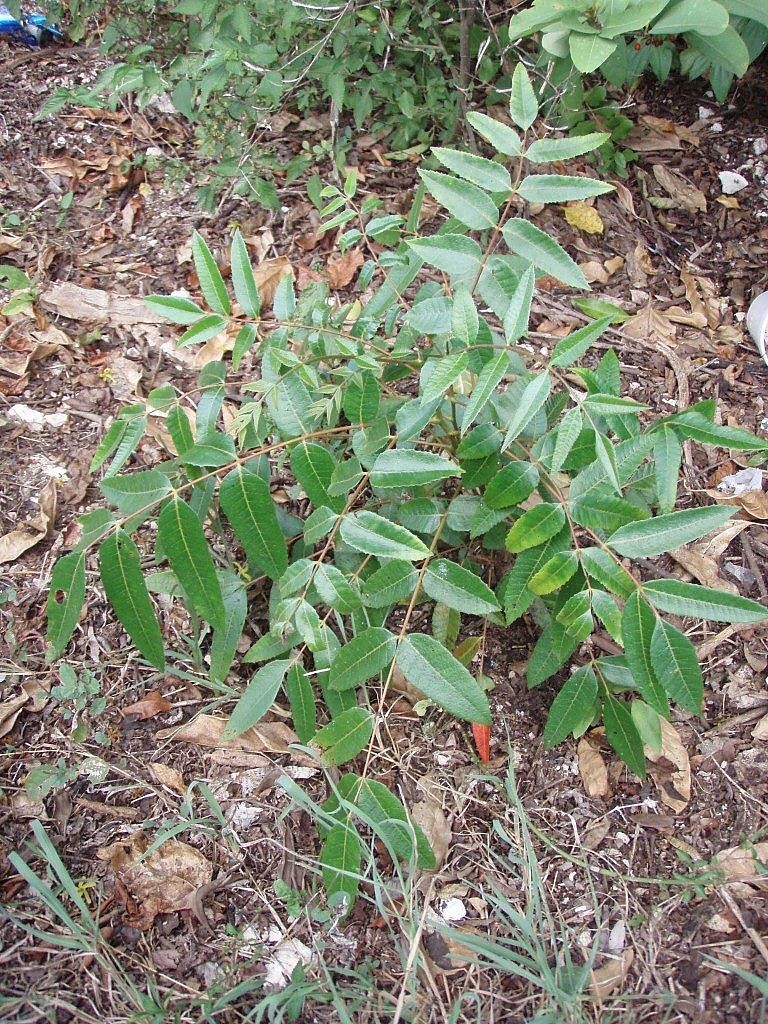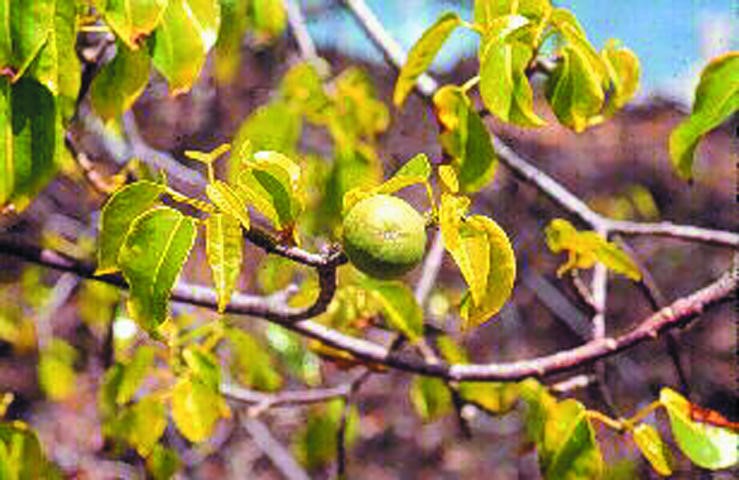
By: Barrie Quappé RN, BSN – Consultant/Director:
I went to visit one of our most experienced pediatricians the other day, Dr. Shirley Cridland. As we were discussing writing articles that may be very useful to people in Cayman, she noted she had a patient with a case of “Maiden Plum” come into her clinic just this past week. She hadn’t seen one in years.
Fortunately, this information is already succinctly available from our Department of Environment website located at: http://www.doe.ky/terrestrial/dangerous-plants-and-animals/
Some additional information on Maiden Plum:

If you zoom in on the photograph, you will notice how the edge of the leaves are lined with small, thorny spikes. The leaves are always very shiny with a rich green colour. I cannot forget my encounter with this as a child. I had inadvertently touched the plant while trekking inland from where the Queen’s highway is now (it did not exist back then) and rubbed my eyes. Both eyes were so swollen, I could not see for about four days until the swelling began to subside.
Manchineel:

“The manchineel tree can cause severe medical problems. The milky sap causes blistering, burns, and inflammation when in contact with the skin, mucous membranes, and conjunctivae.2,3 Smoke from the burning wood may injure the eyes. Contact dermatitis from this species is commonly observed in the Caribbean and Central American coastland. Various studies on the active principles of the manchineel tree have shown tigliane phorbol esters to be the likely cause of the severe reactions.” (Strickland, 2000)
Further, if you stand under a manchineel tree when it is raining or even dripping dew, you will also break out into blisters.
Enjoy the Cayman environment but beware of our natural dangers.
Need Assistance with your People, Policies or Facilities? Contact Us Today!
Relevant Links:
- Strickland, N. (2000) ‘Eating a manchineel “beach apple”’, BMJ Group: http://www.ncbi.nlm.nih.gov/pmc/articles/PMC1127797/
